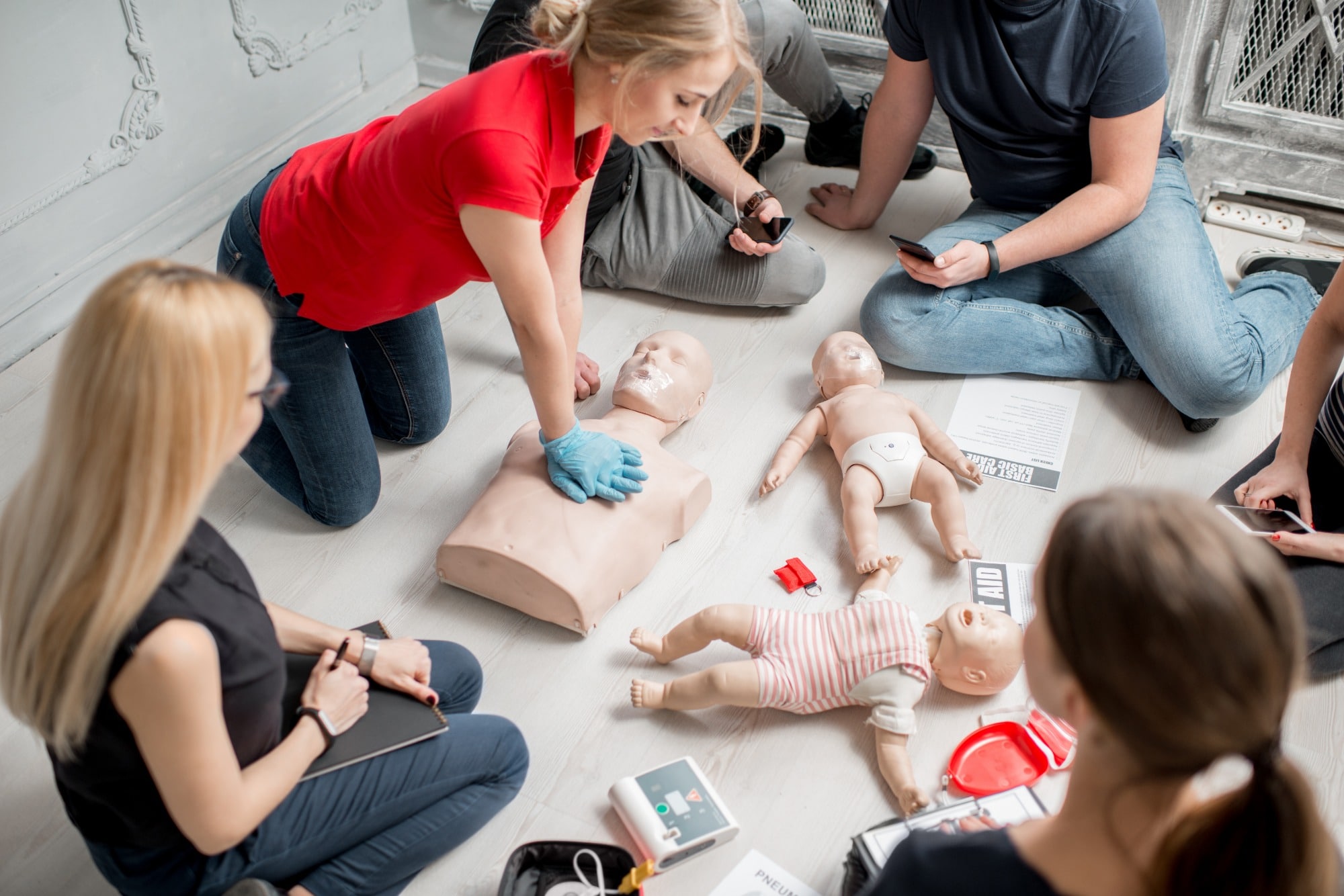Emergency first aid is the immediate care given to someone who is injured or suddenly ill. It is important to know basic first aid skills, as they could save someone’s life.
There are many different types of emergency first aid situations, but some of the most common include:
• Unresponsiveness and not breathing: This is a life-threatening condition that requires immediate CPR and rescue breathing.
• Bleeding: This can be controlled with direct pressure, elevation, and pressure dressings.
• Shock: This is a condition that occurs when the body’s blood flow is not sufficient to meet its needs. It can be treated with CPR, oxygen, and fluids.
• Burns: These can be treated with cool water, clean dressings, and pain medication.
• Poisoning: This can be treated by calling 911 and following the instructions of the poison control center.
The Importance of Emergency First Aid Training
Knowing basic first aid skills can help you save someone’s life. Even if you are not a medical professional, you can still provide valuable assistance until help arrives.
Emergency first aid training can teach you how to:
Assess a victim’s condition
• Provide CPR and rescue breathing
• Control bleeding
• Treat shock
• Treat burns
• Treat poisoning
• Use an automated external defibrillator (AED)
How to Get Emergency First Aid Training?
There are many different ways to get emergency first aid training. You can take a course at a local community college, Red Cross, or other organization. There are also many online courses available.
When choosing a first aid course, make sure it is accredited by a recognized organization. This will ensure that you are learning from qualified instructors and that the course meets high standards.
Conclusion
Emergency first aid training is an important skill for everyone to have. It could save someone’s life. If you are not already trained in first aid, I encourage you to take a course as soon as possible.
Here are some additional tips for emergency first aid:
• Stay calm and assess the situation.
• Call 911 or your local emergency number immediately if the victim is unresponsive, not breathing, or has severe bleeding.
• If you are alone with the victim, stay with them and keep them talking until help arrives.
• Do not move the victim unless they are in immediate danger.
• If you are not trained in first aid, do not attempt to give medical treatment that you are not qualified to provide.
By following these tips, you can help to ensure that the victim receives the best possible care in an emergency situation.


